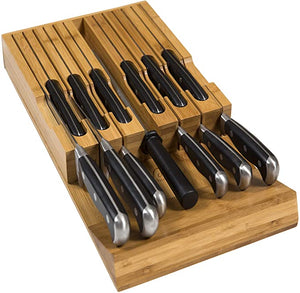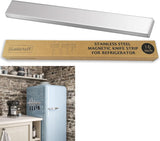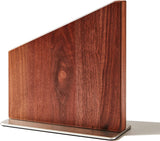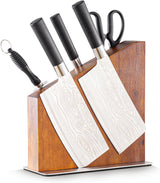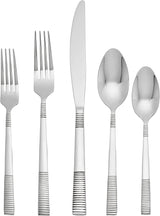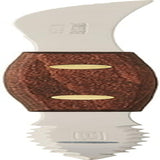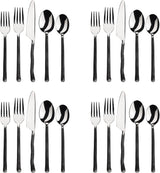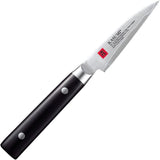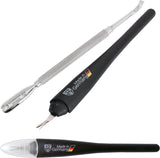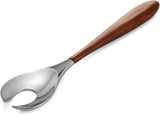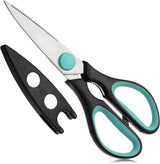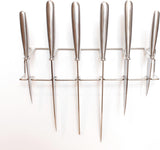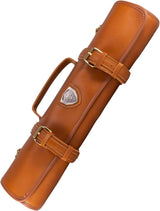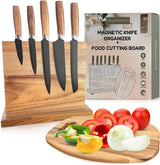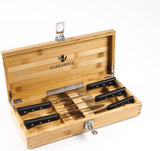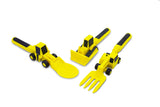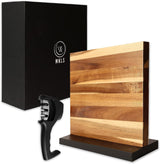For kitchen professionals, maintaining the sharpness of Japanese knives is crucial for both safety and precision. The art of using a whetstone to sharpen these exquisite tools is a skill that elevates culinary performance. Dive into this comprehensive guide and transform your sharpening skills.
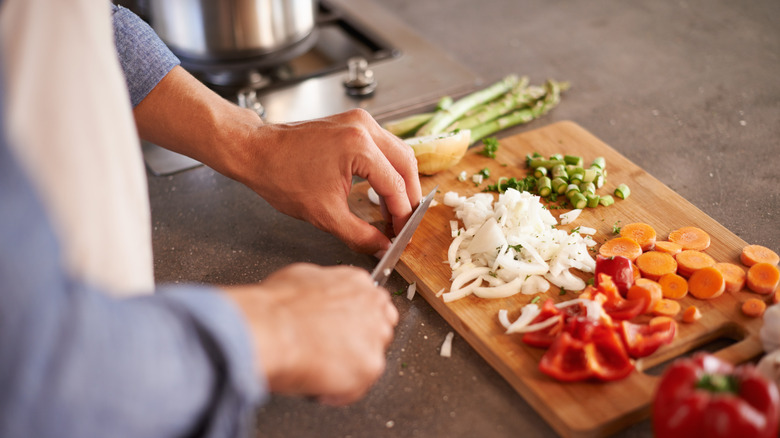
Understanding the Whetstone: Your Sharpening Partner
Before delving into how to sharpen Japanese knife with whetstone, it's essential to understand the tool itself. A whetstone is a rectangular block embedded with abrasive grit. It's your ally in honing knife edges to perfection.
Why Japanese Knives? The Cutting Edge of Culinary Arts
Japanese knives are renowned for their sharpness, precision, and durability. Crafted from premium steel, they hold an edge longer than their Western counterparts. This makes understanding the sharpening process even more pertinent for those invested in maintaining high-quality tools.
Choosing the Right Whetstone
Not all whetstones are the same. They vary in grit - the finer the grit, the smoother the blade finish. Typically, two types are needed for Japanese knives: a coarse grit (1000-3000) for initial sharpening, and a fine grit (4000-8000) for polishing. Learn about different grit levels to select the right stone for your needs.
Preparing the Whetstone: A Key Step in Sharpening
Soak your whetstone in water for 10-15 minutes prior to sharpening. This prevents the stone from drying out and maintains effective sharpening. While you wait, it's an excellent opportunity to explore different knife brands that might complement your collection.
The Art of Sharpening: Step-by-Step Guide
Positioning the Knife
Hold the knife at a 15 to 20-degree angle against the whetstone. This angle is ideal for Japanese knives, allowing a clean, sharp edge to form.
Dragging Technique: Smooth and Consistent
Start by placing the knife heel on the coarse-grit whetstone. Apply gentle pressure and drag it towards you, covering the entire edge. Repeat this action around 10-15 times for consistency.
Switching Sides: Balancing the Blade
Once one side of the blade is sharpened, it's time to flip the knife and repeat the process on the other side. Maintaining balance ensures even sharpening and prolongs the knife's usability.
Finishing Touches: Polishing the Edge
Once the sharpening is complete, switch to the finer grit of the whetstone. Perform the same dragging action around 5-10 times. This step polishes the edge, giving the knife a professional finish.
Caring for Your Knife: Post-Sharpening Essentials
After sharpening, always clean your knife thoroughly. This removes any metal particles remaining on the blade. Explore efficient knife cleaning techniques from this detailed guide.
Storing Your Knife: Maintain the Sharpness
Proper storage is vital for maintaining sharpness. Use a wooden knife block or a magnetic strip, both of which preserve the integrity of the blade better than a drawer.
Internal Resources to Enhance Your Skills
For those looking to deepen their understanding of knife maintenance, explore the insights on Granton Blades or discover what makes a brand like Cuisinart renowned. Embracing these resources can further enhance your skillset.

FAQ: Perfecting Your Sharpening Technique
What grit whetstone should I use for my Japanese knife?
Start with a coarse grit (1000-3000) for dull blades, then move to fine grit (4000-8000) for polishing.
How often should I sharpen my Japanese knife?
It depends on how frequently you use the knife. For regular use, sharpening every 3-6 months is advisable.
Can I use a honing rod instead of a whetstone?
Honing rods are useful for maintaining sharpness but cannot replace the precision sharpening offered by whetstones.
This article contains affiliate links. We may earn a commission at no extra cost to you.
